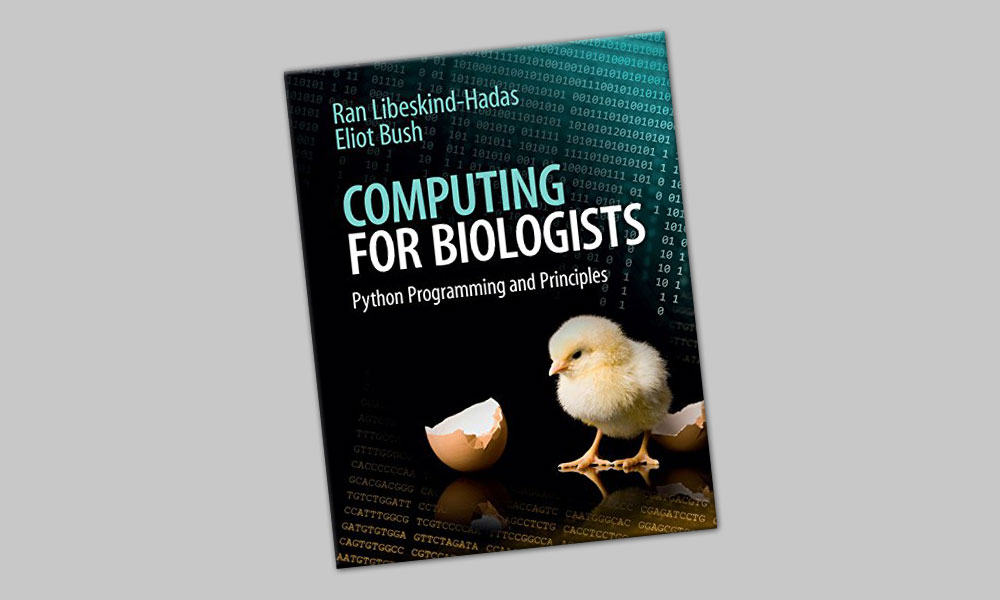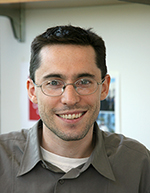Professors Co-Author Programming Book for Biologists
September 29, 2014
With its ability to process vast amounts of data, computing is revolutionizing the practice of biology. An interdisciplinary duo at Harvey Mudd College have taken a complicated topic and created a textbook to equip students with the skills to write programs for solving a range of biological problems.
Eliot Bush, associate professor of biology, and Ran Libeskind-Hadas, R. Michael Shanahan Professor of Computer Science and department chair, are co-authors of the book Computing for Biologists: Python Programming and Principles published by Cambridge University Press.

Bush uses computational methods to study evolution. His work includes modeling the evolution of metabolism, characterizing DNA methylation patterns in insects, developing algorithms for studying substitution bias in DNA and analyzing a 30-million-year-old primate fossil. Libeskind-Hadas develops algorithmic methods for solving problems that arise in analyzing the co-evolution of pairs of species; he and students at Harvey Mudd developed the widely used Jane cophylogeny software package based on these algorithms.
The pair began collaborating in 2008 with colleagues Stephen Adolph, Stuart Mudd Professor of Biology, and Zachary Dodds, Joseph B. Platt Professor of Effective Teaching and Professor of Computer Science. That year, Harvey Mudd received a grant from Howard Hughes Medical Institute to develop a course combining introductory biology and computer science. This eventually evolved into CS5 Green, a biology-themed version of the Computer Science Department’s core course CS5. Bush and Libeskind-Hadas have been teaching CS5 Green together since 2009–2010 and developed Computing for Biologists while on sabbatical last year. They also contribute to the teaching of Math/Bio 118, an introduction to mathematical and computational biology.

“Computing, and in particular programming, has become a key general-purpose tool in biology,” Bush says of their motivation to write the textbook. “We want to help train biologists who are comfortable with computing, and we think a good way to do that is to motivate their early learning with biological problems.”
The textbook provides biology students and educators with the basic tools of computing—specifically, the ability to write Python programs—enabling them to better grasp fundamental concepts in computational biology and bioinformatics. Each section offers a compelling biological problem and then provides the algorithmic and programming tools necessary to solve it. Computational biology activities include gene finding, sequence alignment and phylogenetic tree reconstruction. Interactive in nature, the text refers to numerous corresponding programming exercises available online.
In addition to being used in CS5 Green, the textbook has also been adopted this fall at Franklin & Marshall College and the Stevens Institute of Technology.
Pavel Pevzner, a University of California, San Diego, computer science professor, remarked in an online review, “In my 20 years as a professor, I have never run across a textbook on bioinformatics algorithms that a biologist can read from cover to cover and understand. This is the one.”
Computing for Biologists is available from Cambridge University Press.
